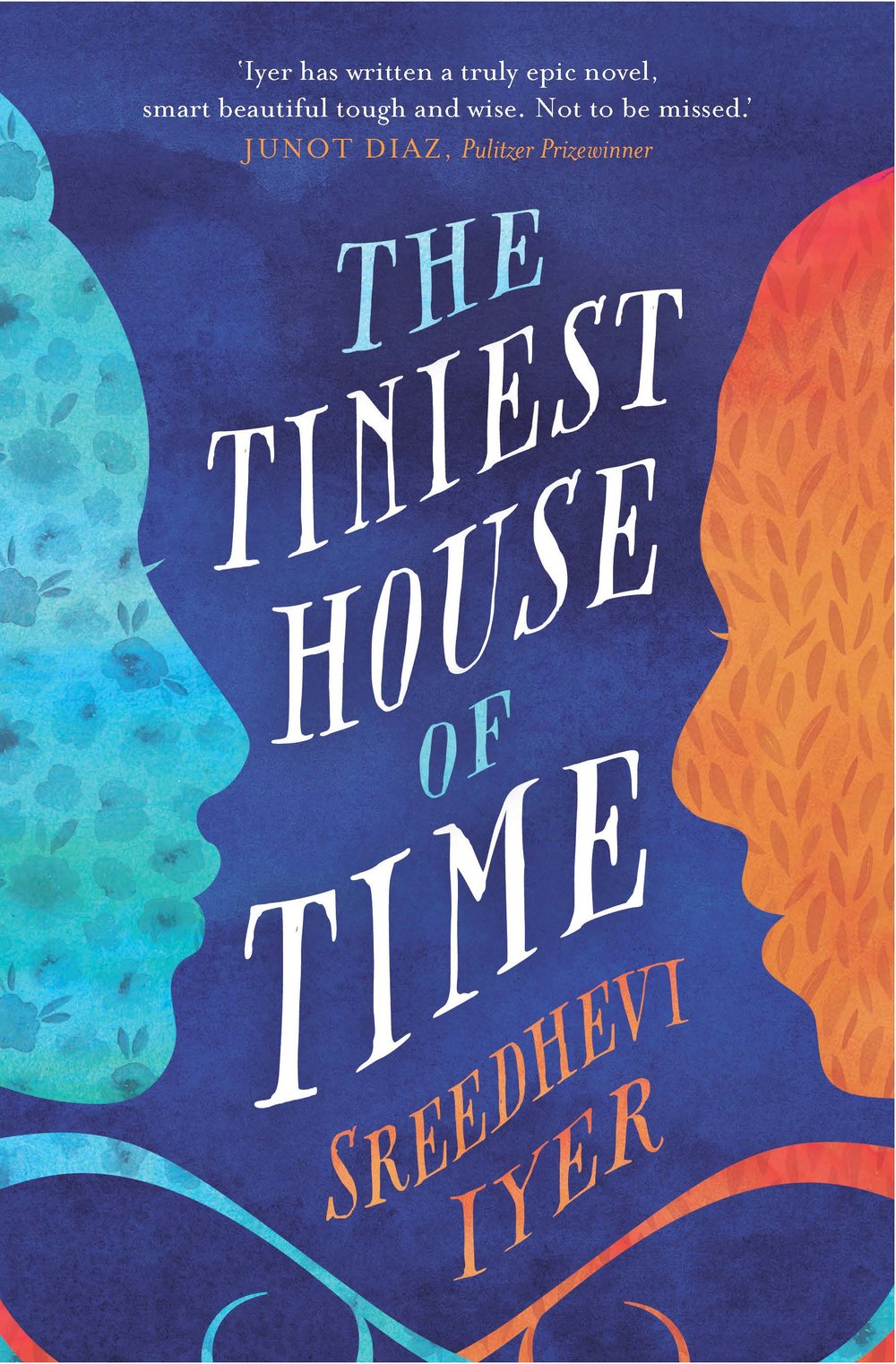The Tiniest House of Time

*Shortlisted for the Small Press Network 2021 Book of the Year Award*
The Tiniest House of Time is more than a family saga, ranging across continents and decades seamlessly, from colonial Burma in the 1930s to nationalist Malaysia in the 1990s and beyond, to Hong Kong and Australia. The reader is thrust into the lives of far-flung middle-class Indian communities: immersed in family and local politics and intimate relationships, swept along in the tide of grand historical events.
History works in cycles, repeating itself, until we finally understand that everything that has happened, has always already happened.
The story is driven by Iyer's two main characters, both strong women — Susheela Sastri and Sandhya Sastri — who are grandmother and granddaughter, but could have been born of the same atom. Sandhya visits her grandmother's deathbed after having run away from her country, her family, her love, and herself. She remembers her grandmother's stories, of a lost time in Burma, and digs deep to find truth in it. A dying Susheela, impatient with her family's pity, asks Sandhya to read to her. It opens up past events in both their lives, the family dynamics, the forbidden loves, the politics of who can be hated, when, and by whom…And what can they, as women of their times, actually do about it.
'The historical background of this book is complex and fascinating, as is the story of these two women's lives as they negotiate dilemmas around culture, religion, and race.' — The Sydney Morning Herald
'Sreedhevi Iyer's The Tiniest House of Time is a book for our time, examining as it does the profound silences that a family lives with, silences embedded in a history of displacement, and the uprooting from what was considered home. In tracking hidden and unspoken histories, of which there is little written record, the author has written something of a psychoanalytically focused and politically acute narrative, as she explores through her finely structured novel, an evocation of generational trauma across migratory continental space. With much sensitivity and intelligence, Iyer delineates the colonial legacy of race relations, and how this legacy weighs down on those societies still navigating them.' — Mascara Literary Review
View sample chapters here

